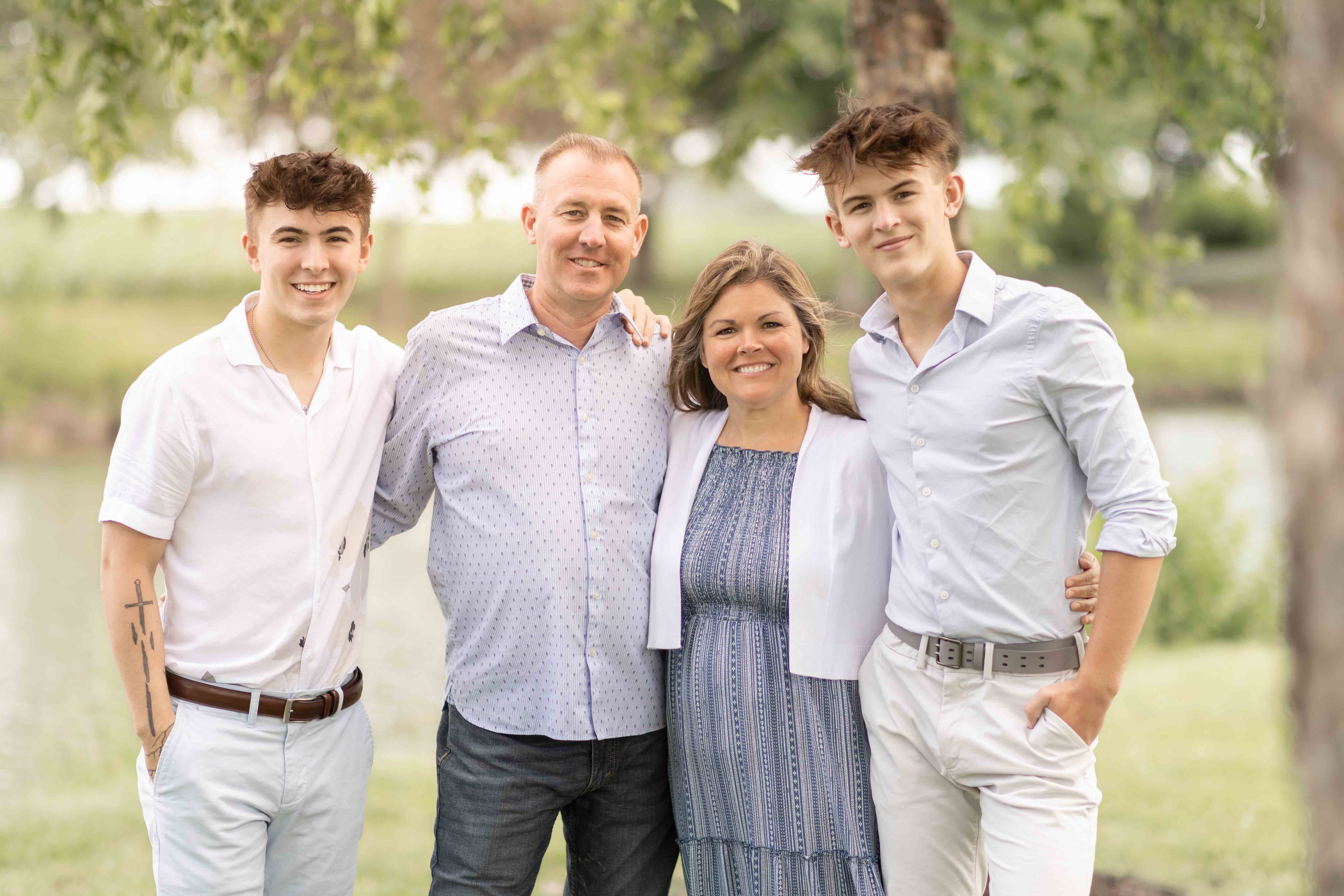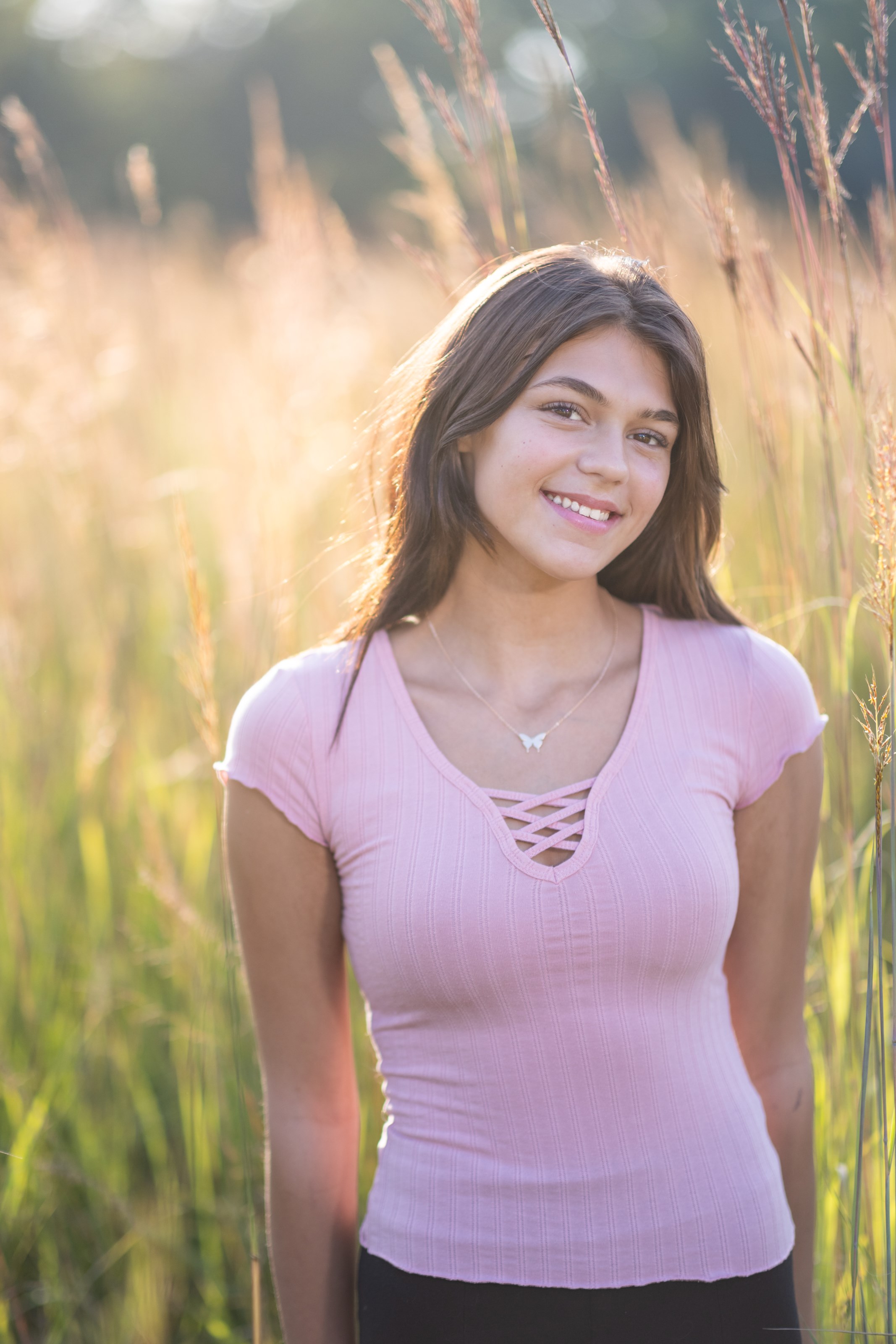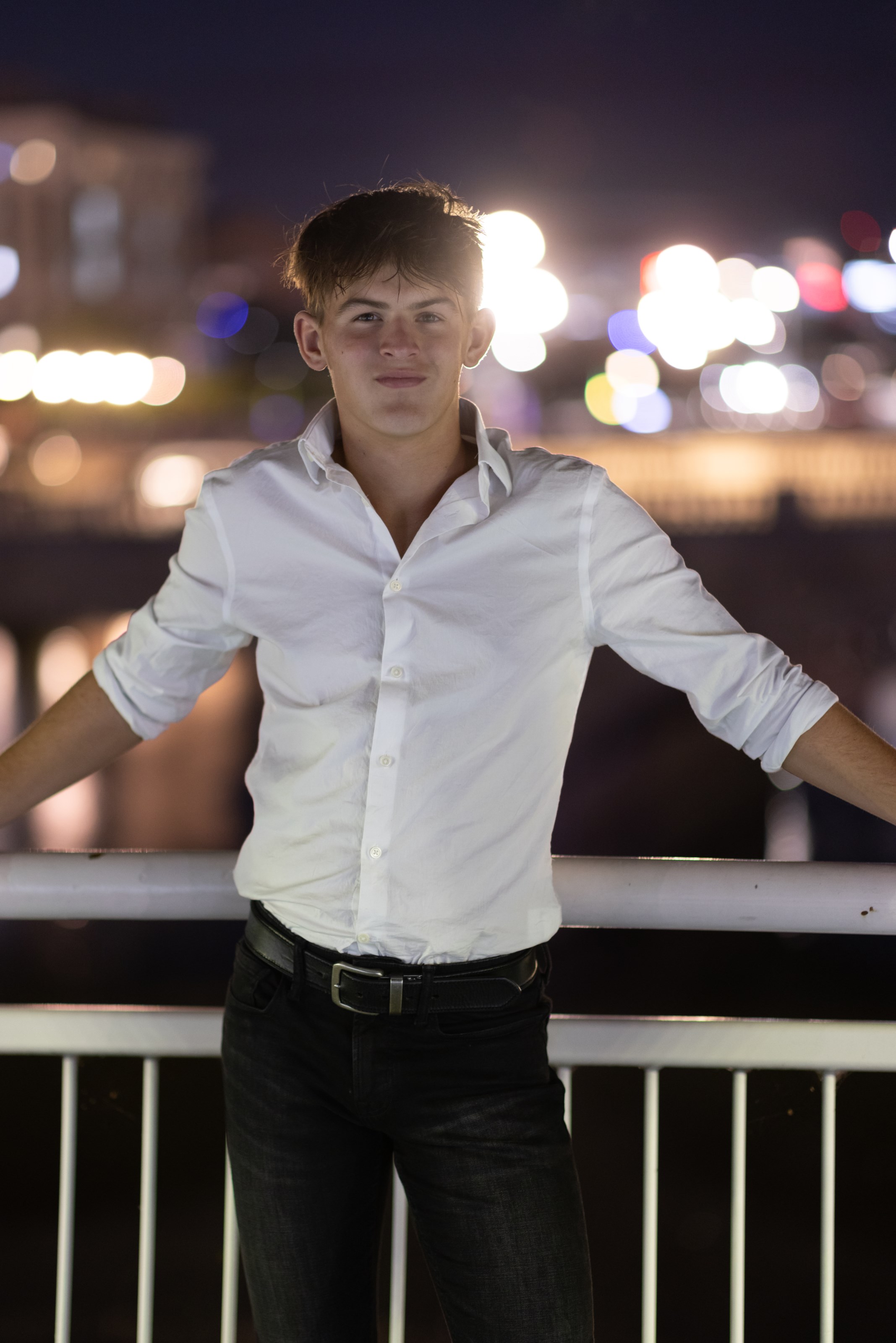The Impact of Lighting
Lighting plays a crucial role in outdoor photography, influencing the mood, composition, and overall quality of your images. One of the most common challenges photographers face is dealing with hard light during midday. The sun's position at this time can cast harsh shado
 ws on subjects' faces, leading to unflattering results. To avoid this, consider shooting during the early morning or late afternoon to capture softer, more even lighting. If changing the time of day is not an option then the use of an external strobe strong enough to overcome the suns power can limit those hard shaddows and sometimes eliminate them. Moving to shady areas is also a solution but the photographer has to be careful to not include a lot of sunlight areas in the frame as those can be extremely over exposed.
ws on subjects' faces, leading to unflattering results. To avoid this, consider shooting during the early morning or late afternoon to capture softer, more even lighting. If changing the time of day is not an option then the use of an external strobe strong enough to overcome the suns power can limit those hard shaddows and sometimes eliminate them. Moving to shady areas is also a solution but the photographer has to be careful to not include a lot of sunlight areas in the frame as those can be extremely over exposed.The Golden Hour Magic
The "golden hour" refers to the period shortly after sunrise and just before sunset when the sun's light is warm, soft, and diffused. During this time, the angle of the sun creates a beautiful, flattering glow that enhances your subjects and adds a touch of magic to the scene. Sunlight during the golden hour also lends a warm, golden tone to your images, creating a visual appeal that's hard to replicate during other times of the day.
Creating Backlit Masterpieces
 Backlighting is another fantastic technique to explore during outdoor photography. When the sun is positioned
Backlighting is another fantastic technique to explore during outdoor photography. When the sun is positionedbehind your subject, it creates a halo-like effect, outlining their figure and hair with a radiant glow. This technique can produce stunning silhouettes, as
well as add a dreamy atmosphere to your photos. Experiment with different angles to capture the sun's rays streaming through the subjects' hair, creating a captivating and ethereal look. Depending on what time of year this time starts 30 min before sunset. Fields tend to glow gold. In late spiring you can sometimes capture pollen or cottonwood floating in the air.
Embrace Early Evening Lights
 As the day transitions into evening, the quality of light changes yet again, providing opportunities for unique outdoor photography. During this time, the lighting becomes softer, casting long shadows and offering a more dramatic and moody atmosphere. This is especially ideal for cityscapes that come alive with a mix of natural and artificial light. As it gets darker, city lights turn on and change the casting colors on skin and clothes. Using a low camera aperature blurs the lights out giving a beautiful bokeh effect bringing focus to the subject or model. This time can be tricky and depending on the environment (how much city light) additional lighting may be imparative. Too much external lighting can make the photograph look staged and unnatural.
As the day transitions into evening, the quality of light changes yet again, providing opportunities for unique outdoor photography. During this time, the lighting becomes softer, casting long shadows and offering a more dramatic and moody atmosphere. This is especially ideal for cityscapes that come alive with a mix of natural and artificial light. As it gets darker, city lights turn on and change the casting colors on skin and clothes. Using a low camera aperature blurs the lights out giving a beautiful bokeh effect bringing focus to the subject or model. This time can be tricky and depending on the environment (how much city light) additional lighting may be imparative. Too much external lighting can make the photograph look staged and unnatural.
Weather Considerations
While chasing the perfect light, it's essential to consider the weather conditions. Extreme temperatures can affect the model and have a negative effect on the outcome. Too hot and the model starts to sweat. Too cold and the model has to leave. Too windy and it becomdes hard to control hair and clothes. And of course snow and rain can destroy equipment and ruin an entire photoshoot if not prepared. Choose a time when the weather is mild and conducive to an enjoyable photography experience. If extreem weather is part of the photograph, preparedness is key.
Matching Light with Your Desired Outcome
Lastly, when planning an outdoor photoshoot, it's vital to align the chosen lighting with your desired photographic outcome. Whether you're aiming for vibrant, dynamic shots, serene and tranquil scenes, or dramatic and moody portraits, the type of lighting you choose will play a significant role in achieving your vision.



Embrace Early Evening Lights
 As the day transitions into evening, the quality of light changes yet again, providing opportunities for unique outdoor photography. During this time, the lighting becomes softer, casting long shadows and offering a more dramatic and moody atmosphere. This is especially ideal for cityscapes that come alive with a mix of natural and artificial light. As it gets darker, city lights turn on and change the casting colors on skin and clothes. Using a low camera aperature blurs the lights out giving a beautiful bokeh effect bringing focus to the subject or model. This time can be tricky and depending on the environment (how much city light) additional lighting may be imparative. Too much external lighting can make the photograph look staged and unnatural.
As the day transitions into evening, the quality of light changes yet again, providing opportunities for unique outdoor photography. During this time, the lighting becomes softer, casting long shadows and offering a more dramatic and moody atmosphere. This is especially ideal for cityscapes that come alive with a mix of natural and artificial light. As it gets darker, city lights turn on and change the casting colors on skin and clothes. Using a low camera aperature blurs the lights out giving a beautiful bokeh effect bringing focus to the subject or model. This time can be tricky and depending on the environment (how much city light) additional lighting may be imparative. Too much external lighting can make the photograph look staged and unnatural. Weather Considerations
While chasing the perfect light, it's essential to consider the weather conditions. Extreme temperatures can affect the model and have a negative effect on the outcome. Too hot and the model starts to sweat. Too cold and the model has to leave. Too windy and it becomdes hard to control hair and clothes. And of course snow and rain can destroy equipment and ruin an entire photoshoot if not prepared. Choose a time when the weather is mild and conducive to an enjoyable photography experience. If extreem weather is part of the photograph, preparedness is key.
Matching Light with Your Desired Outcome
Lastly, when planning an outdoor photoshoot, it's vital to align the chosen lighting with your desired photographic outcome. Whether you're aiming for vibrant, dynamic shots, serene and tranquil scenes, or dramatic and moody portraits, the type of lighting you choose will play a significant role in achieving your vision.


